Amazing Nature - Three species of attractive beautiful moths
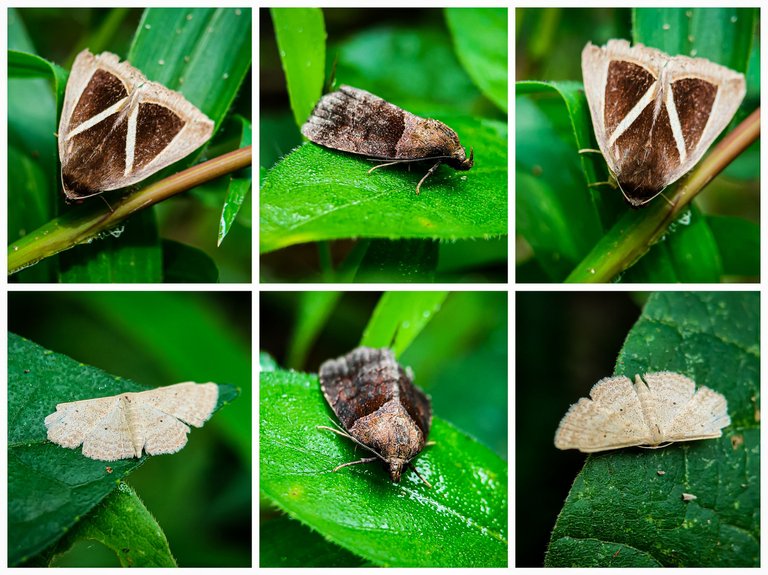
Hello Amazing Nature Lover..
It's been a long time since I said hello to nature lovers in this community because a month ago my activities were a bit limited so I don't have many stock images that I can share. And yesterday I again took the time to hunt insects as usual so that the results of yesterday's insect hunting I got some interesting macro photos which then on this occasion I want to share some shots of these insects.
Even though I managed to capture several photos of insect species yesterday, in this post I would rather share some interesting photos of moths. There are three species of small moths with three different color variations. And all three are moth species with small sizes like moths in general which do have a smaller size than butterflies even though moths and butterflies come from the same order, namely the Lepidoptera order.
As for the three moths that I mean, the first one is Galgula, a genus of moths from the Noctuidae family. This small moth has a slender body with a predominant brown color with an attractive pattern. Besides that, on the head there is a small rhinoceros horn that makes this moth look more fierce.
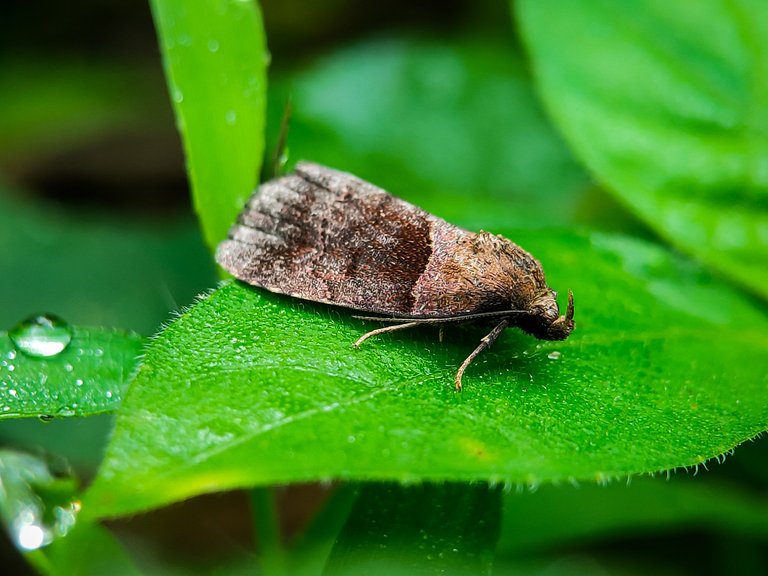
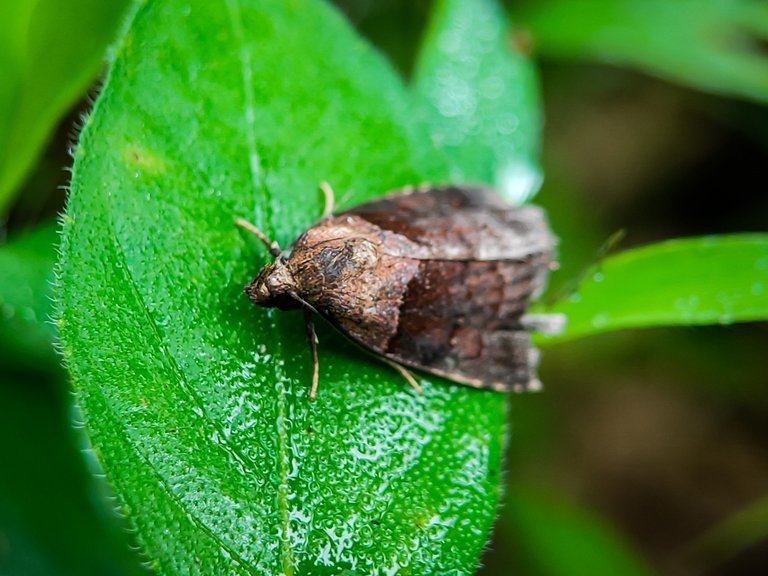
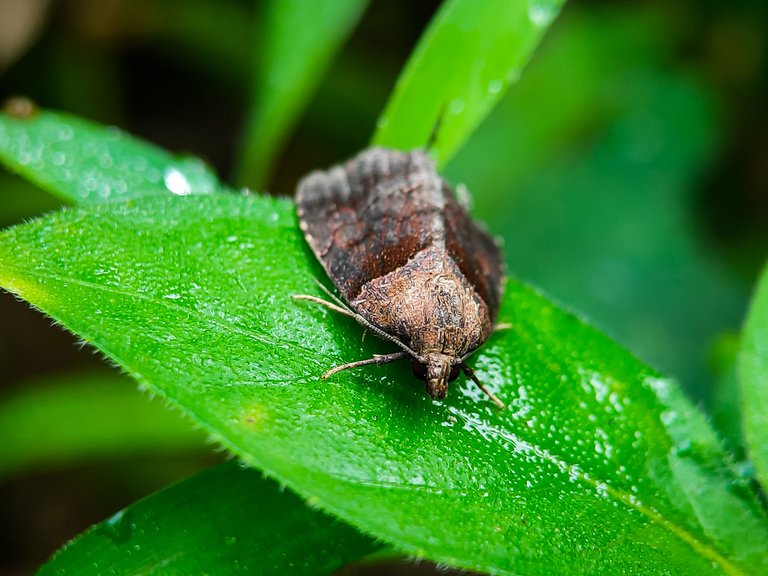
Then there is also a tiny moth with a brownish white color, this moth has the Latin name Scopula floslactata, or also known as "Cream wave" from the Geometridae family. When I found him in the grass yesterday, I thought he (the moth) was dead because he was so attached to the leaves. But when I touch it to take a photo from a different angle then this moth flies away from me.
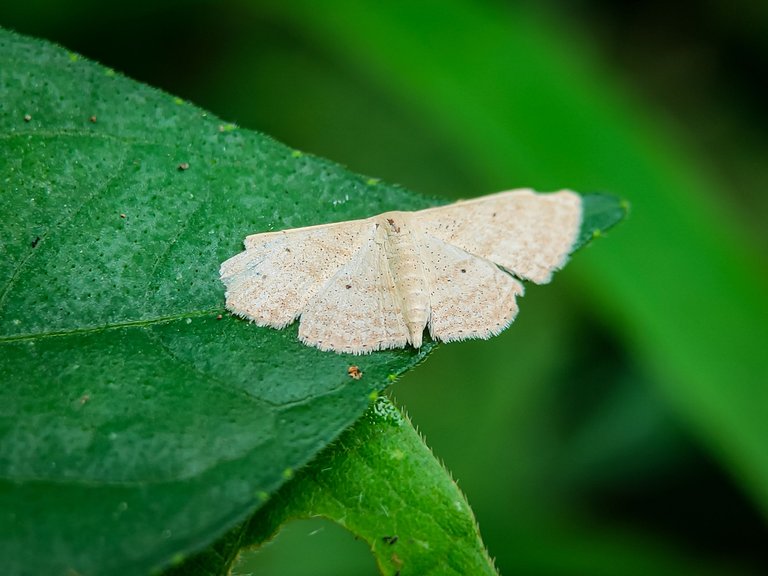
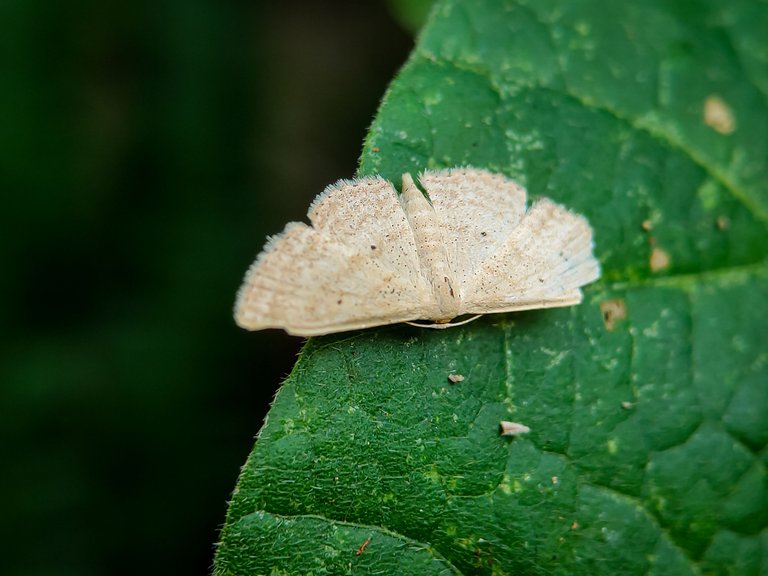
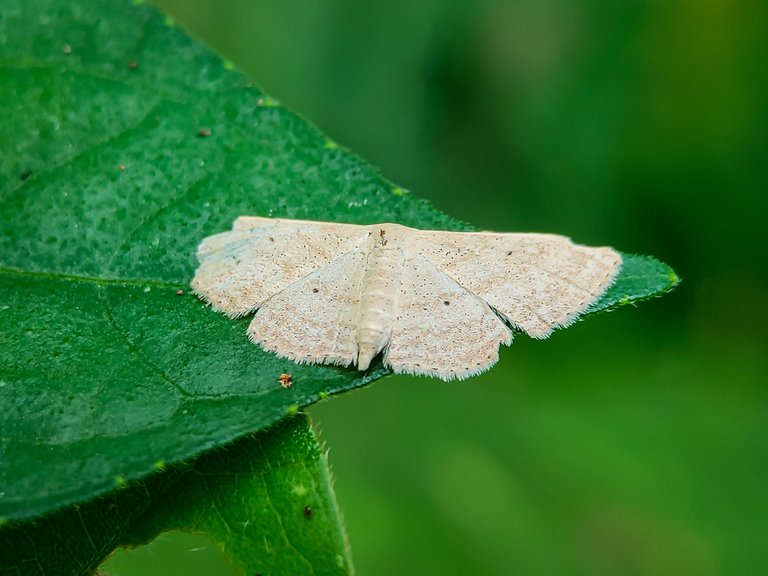
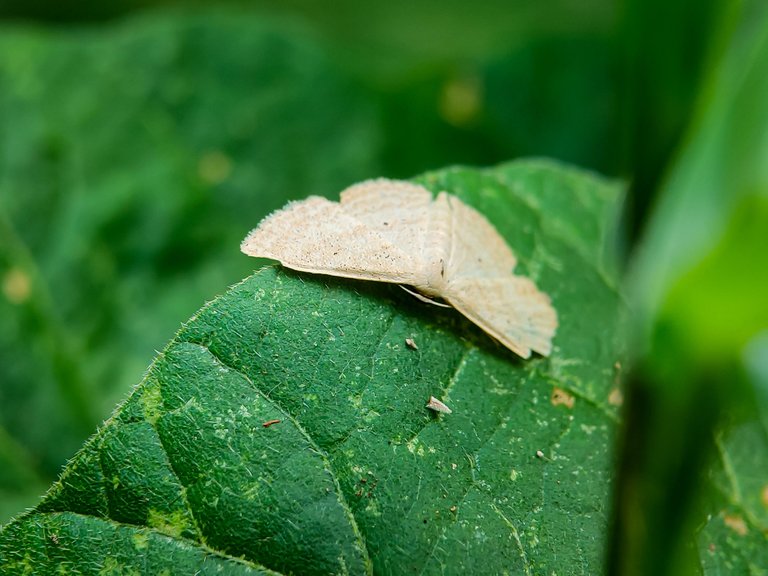
And the last moth is the most interesting pattern in my opinion. The size of this moth is slightly larger than the two moths above. But this moth is the wildest of the two types of moths above. Why do I say the most interesting? because the two moths above have the dominant color, but this moth has a color that is not dominant in one color.
The Dysgonia algira moth has a dark brown and brownish white color. And the most interesting thing is the white lines on both parts of the wings.
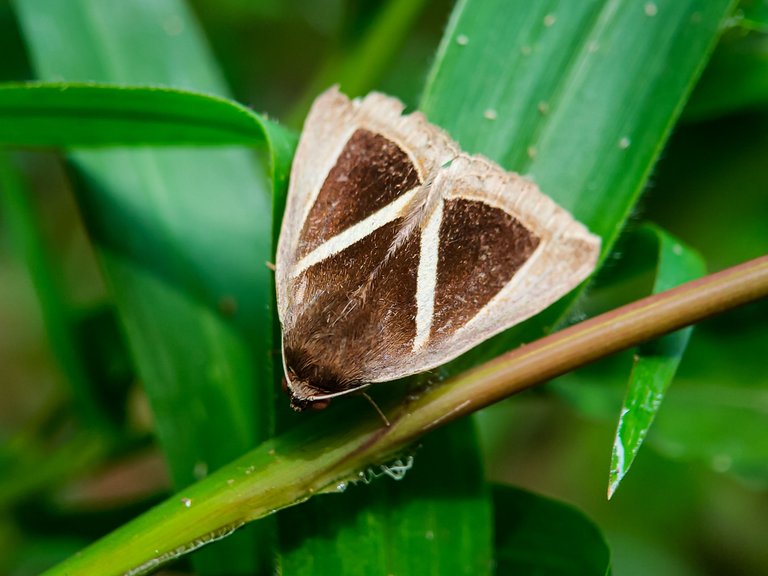
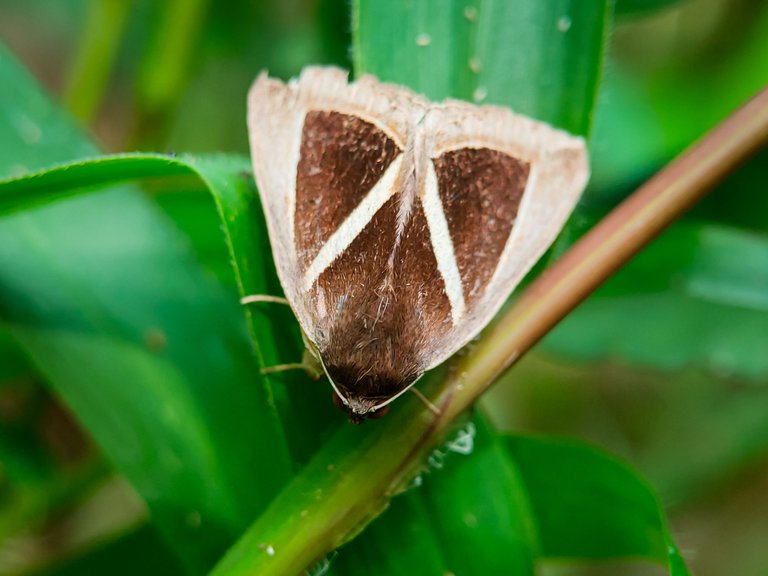
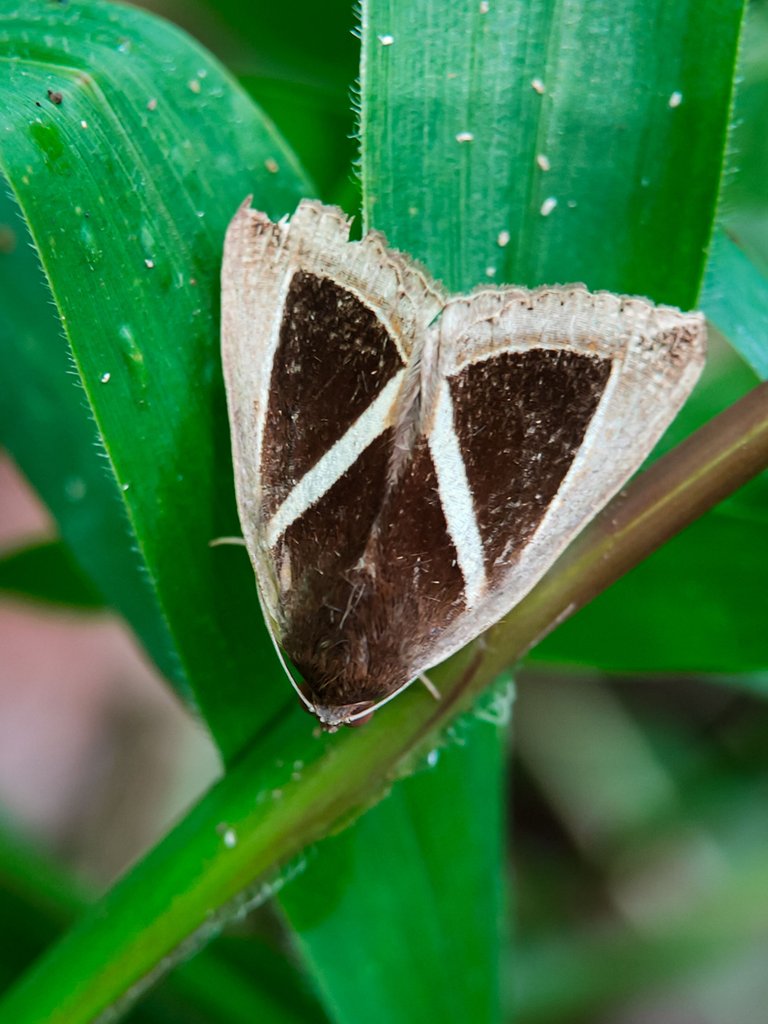
| Camera | Realme 3 Pro + Macro Lens |
|---|---|
| Category | Nature Photography |
| Processed | Lightroom |
| Location | Tanah Luas, Indonesia |
very nice insect shots.
thanks for sharing
We appreciate your work and your post was manually curated by @none! from the DNA team!
Reach us on Discord to learn more about the project!